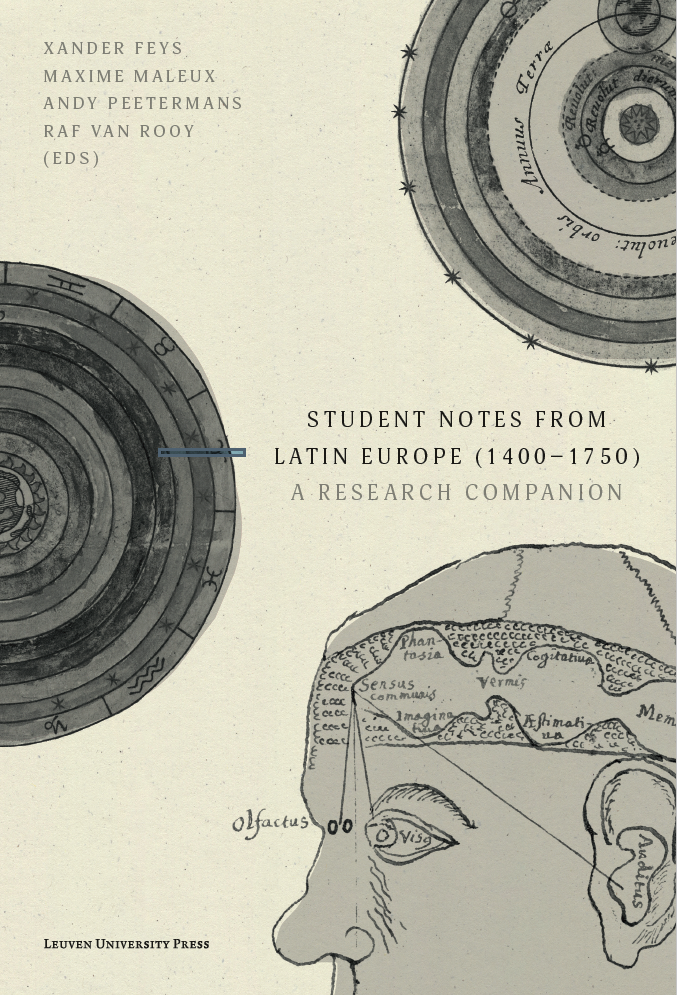In this chapter devoted to illustrated student notebooks, we want to highlight the various roles of this heterogeneous imagery: next to epis-temic images there are also, among other types, ornamental and humorous images. Such visual material can give us information about the authors of the manuscripts and their curriculum, but also about topical religious or political concerns, extracurricular activities, and social networks devel-oped during the study years, as do the libri amicorum that flourished in parallel from the sixteenth century onward. Our analysis will be based on the collected corpus from the old university of Leuven and the colleges and universities in the Polish–Lithuanian Commonwealth written from the mid-sixteenth century to the eighteenth. About 658 student notebooks produced at Leuven have been preserved, 490 of which contain at least one image, and 206 notebooks contain ten images or more. Most of these notebooks can be consulted in the Magister Dixit database.5 The visual ele-ments in student notebooks are presented in Section2. Then, we propose a classification of the most common images inserted in this corpus, by function and subject matter (Section3). Finally, we discuss in particular the role of emblems as didactic and mnemonic devices through several examples (Section4).
AUTHOR: Alicja Bielak, Gewndoline de Mûelenaere
Published in: Student Notes from Latin Europe (1400–1750)

